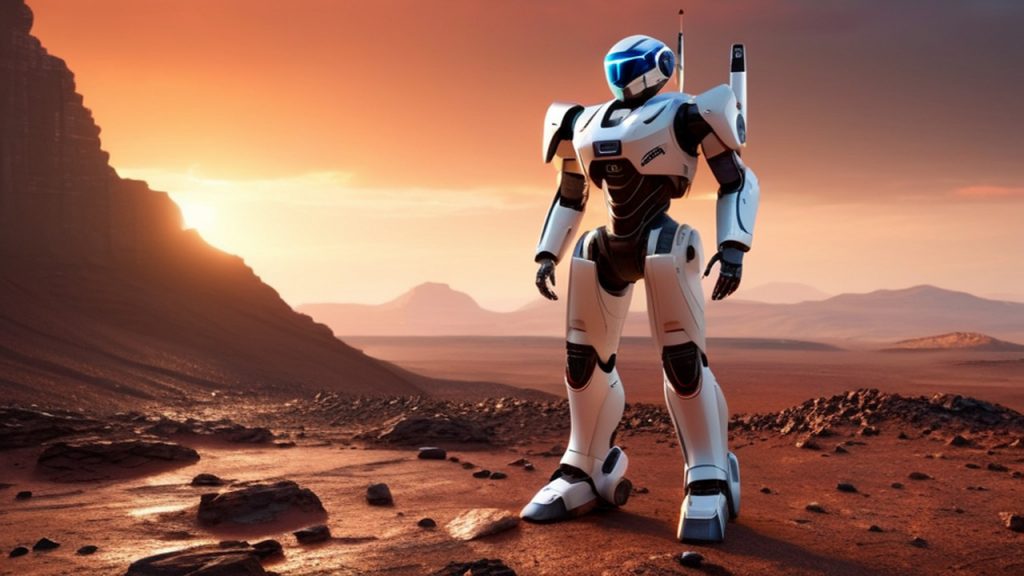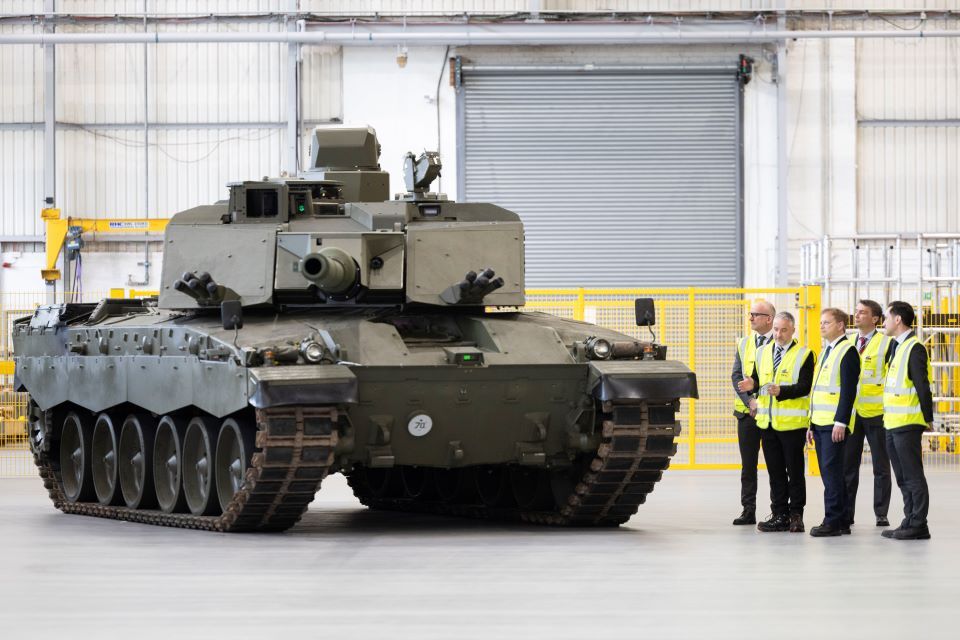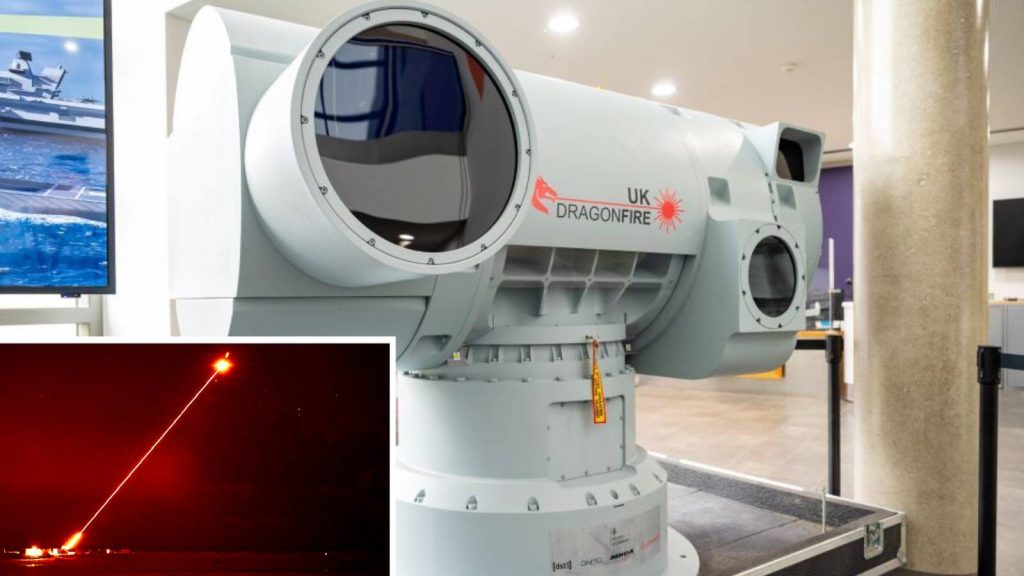In this thought-provoking video, we explore the question: will AI robots be the first to reach Mars before humans?
With advancements in artificial intelligence and robotics, it’s not out of the realm of possibility that AI-driven machines could potentially beat humans to the red planet. Join us as we delve into the future of space exploration and the role AI robots may play in our quest to conquer Mars. Don’t miss out on this fascinating discussion!
Have you ever wondered if artificial intelligence robots will reach Mars before humans? It’s a fascinating question that scientists and researchers are exploring.
AI robots have the potential to outperform humans in many tasks, especially in extreme environments like Mars. Their lack of need for oxygen, food, and water makes them ideal candidates for space exploration.
With recent advancements in AI technology, robots are becoming more autonomous and capable of making decisions on their own. This could give them a competitive edge when it comes to navigating the challenges of space travel.
However, there are still many obstacles to overcome before AI robots can successfully reach Mars. They will need to be equipped with advanced sensors, communication systems, and navigation tools to survive the harsh conditions of the red planet.
While it’s exciting to imagine AI robots exploring Mars on our behalf, it’s important not to overlook the incredible achievements and capabilities of human astronauts. Only time will tell who will be the first to set foot on the Martian surface.
What do you think? Will AI robots reach Mars before humans? Share your thoughts in the comments below. Thanks for watching the video and don’t forget to subscribe to our channel for more exciting content.
AI robots almost certainly could reach Mars before humans. Here’s why:
- Lower Risk: Sending robotic missions to Mars is inherently less risky than sending humans. Robots don’t need food, water, or breathable air, and they can withstand the harsh radiation environment.
- Paving the Way: AI-powered robots can be used to explore Mars, identify potential landing sites, and establish infrastructure to support future human missions.
- Current Technology: AI-powered rovers like the ones NASA already uses are already exploring Mars and sending valuable data back to Earth.
So, while human missions to Mars are still a major goal for many space agencies, AI robots are sure to be there first, scouting the way and making it safer for humans to follow.
In the not-so-distant future, the quest to explore the red planet, Mars, has become a thrilling race between advanced artificial intelligence (AI) robots and human astronauts. While the dream of sending humans to Mars has captivated the collective imagination, the possibility of AI robots reaching the Martian surface before their human counterparts is a tantalizing prospect with its own set of advantages and challenges.
1. Speed and Efficiency: AI robots possess the potential to traverse the vast distances of space at speeds unimaginable for human spacecraft. The absence of life support systems, the need for food, water, and oxygen, and the limitations of human endurance in space mean that AI-driven missions could significantly outpace human endeavors. This speed advantage is crucial for both exploration and the collection of essential data to further our understanding of Mars.
2. Adaptability to Harsh Environments: Mars presents an extremely harsh and inhospitable environment, characterized by extreme temperatures, dust storms, and radiation. AI robots can be designed and equipped to withstand these conditions, ensuring their longevity and functionality in the challenging Martian landscape. Their lack of vulnerability to biological factors, such as radiation exposure, positions them as ideal candidates for prolonged missions.
3. Cost-effectiveness: The cost of sending humans to Mars is astronomically high, primarily due to the complex life support systems, habitable spacecraft, and resources needed for a round-trip mission. In contrast, AI robots can be designed and built to withstand the harsh conditions of space at a fraction of the cost, making them a more cost-effective option for initial exploration missions.
4. Remote Operation and Artificial Intelligence: Advancements in AI technology enable robots to perform complex tasks autonomously or under remote human guidance. AI robots on Mars can be programmed to conduct scientific experiments, analyze samples, and make real-time decisions based on the data collected. This capability allows for a more agile and responsive exploration process without the time delay inherent in human-operated missions.
5. Ethical Considerations and Safety: Sending robots to explore Mars before humans also raises ethical considerations regarding the safety and well-being of human astronauts. AI robots can be deployed to assess potential hazards, test equipment, and gather crucial data before humans embark on missions, reducing the risks associated with human exploration.
However, it’s important to note that the human spirit of exploration and the unique ability of humans to adapt, problem-solve, and make intuitive decisions are factors that AI robots may struggle to replicate entirely. The ideal scenario may involve a collaborative effort, with AI robots paving the way for human exploration by preparing the groundwork and mitigating risks.
In conclusion, the possibility of AI robots reaching Mars before humans is a compelling prospect that combines the strengths of artificial intelligence with the unique capabilities of human explorers. The dynamic interplay between technology and human ingenuity may ultimately shape the future of Mars exploration, unlocking the mysteries of the red planet and expanding our understanding of the universe.
ROBOT REBELLION AI UPRISING – Sci-Fi documovie
This is a Movie edit of the first video







